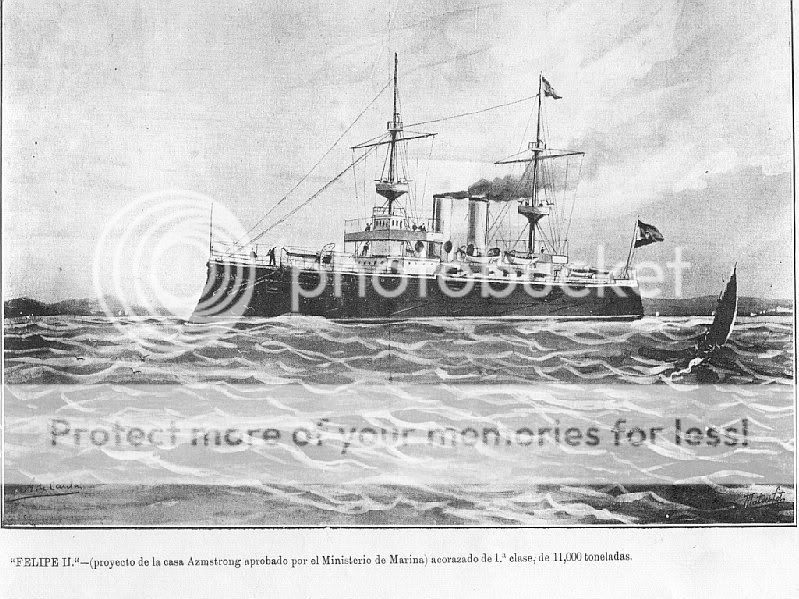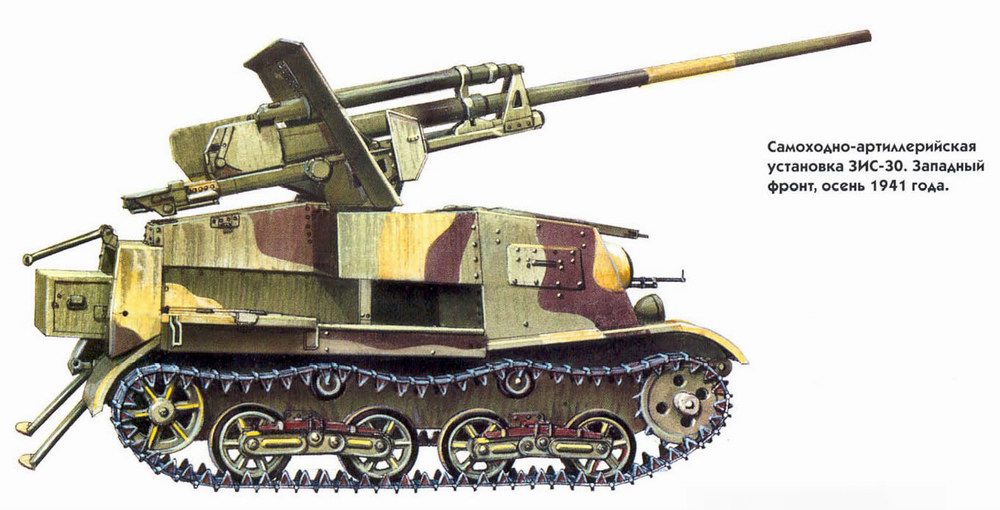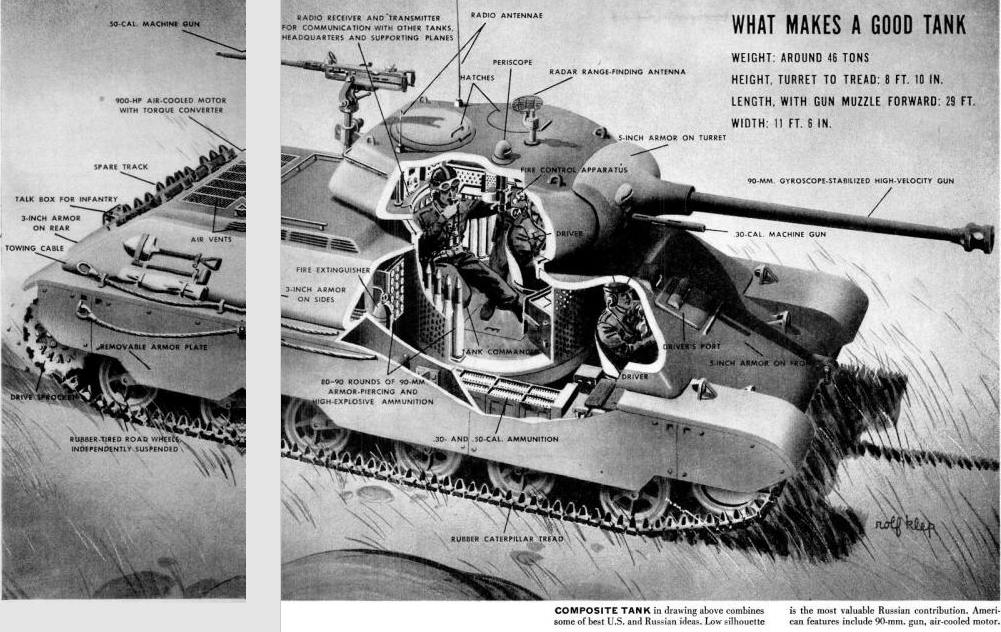You are using an out of date browser. It may not display this or other websites correctly.
You should upgrade or use an alternative browser.
You should upgrade or use an alternative browser.
Alternate Weapons of War thread...
- Thread starter Franz Josef II
- Start date
Englaender Stuermgeschutz!
The Stug? Not quite. Think earlier and think more east. Its a bit of an obscure vehicle.
Not a Birch gun then?
No, think Soviet. And remember, the Marmon Harrington CTL was a tiny tank. The vehicle I made likely weighs around 8 metric tons.
Too expensive (both in terms of magazines and ammunition), the magazines were fairly sensitive and a strain on logistics.Why did they abandon the drum mag?
Zor

The bulk of the military manpower of the Dalisid Seraphate comes in the form of Azaps. Each village in most of the provinces of Seraphate is required to arm, train and equip at least one man, who is also required to spend at least at least two days every month drilling and doing routine patrols. When the call to war is given, each Azap is required to join up with army and march to war. As Azaps on campaign are paid, get a share of any loot they might collect and can rise in station signifigantly there is little objection to this pracitce. While this system does leave a fair bit of irregularities in what it produces, it does provide the Seraphate with a very large supply of troops for it's armies. Even before the rifle wars, firearm were popular weapons among Azap forces and as such the adoption of new firearms technology has been fairly swift.
The quality of equipment that is used by Azaps varies. There are a few centers of weapons production and Azaps near those areas usually have comparatively high quality gear. Those from more remote areas of the Seraphate largely have to make do with what can be produced by local smiths. This caplock rifled musket is made by the latter. It also bears some design features common to the region. In recent years, the Seraph has sent out officials to these outlying regions to explain screw breechloading and caplock mechanisms to local gunsmiths to try to raise the quality of their workmanship. This program has had some success, though many of these gunsmiths lack for tools and there remain a few of them are resistant to change.
Yes? Sounds good, now share!Would anyone at all be interested in the plans for unbuilt Spanish battleships and cruisers I've got saved on my hard drive?
Can do.Yes? Sounds good, now share!
First up is the pre-Dreadnought Felipe II. Prior to the Spanish-American War, Spain wanted three pre-Dreadnoughts based off of the Majestic-Class. Felipe II would've displaced 11,000-tons (compared to the 15,000-ton Majestic), had a top speed of 18-knots and had a range of around 4,000 nautical miles. Felipe II would've been armed with two 305-mm guns, eighteen 150-mm guns and twenty rapid fire 57-mm guns. It is believed that Felipe II and her sisters would've resembled the Japanese battleship Fuji, except for the fact that she was armed with two 305-mm guns instead of four 254-mm guns.

Last edited:
Next up is the Reina Victoria Eugenia-class of super-Dreadnought. Envisioned as a successor to the Espana-class, the Reina Victoria Eugenia somewhat resembles Turkey's Resadiye, which was itself a modified version of the Iron Duke-class. The Reina Victoria Eugenia would've displaced 21,000-tons and had a top speed of 21-Knots. It also would've been armed with eight 13.5-Inch guns and twenty 6-Inch guns, and would've had an armor belt 11-Inches thick.


In the aftermath of the Nationalist victory over the Republic, Franco and Salvador Moreno Fernandez drew up an ambitious naval program. It called for four Littorio-class battleships to be license built in Spain. SECN constructed two massive slipways in El Ferrol, where the ships were to be built. However, material shortages as well as Spain's dismal economic situation prevented them from being laid down. The main difference between the Littorio-class battleships that were to be built in Spain and the actual Littorio-class was that the Spanish planned on fitting 120-mm anti-aircraft guns in double turrets instead of the 90-mm anti-aircraft guns in single turrets that the Italians fitted and also that they decided not to fit their Littorios with a secondary battery.


Next up is the Reina Victoria Eugenia-class of super-Dreadnought. Envisioned as a successor to the Espana-class, the Reina Victoria Eugenia somewhat resembles Turkey's Resadiye, which was itself a modified version of the Iron Duke-class. The Reina Victoria Eugenia would've displaced 21,000-tons and had a top speed of 21-Knots. It also would've been armed with eight 13.5-Inch guns and twenty 6-Inch guns, and would've had an armor belt 11-Inches thick.

The side drawing only shows fourteen 6-inch guns, but the top drawing seems to show six more wet casemates around the aft main battery (they're hard to make out)...
Inspired by color-copycat, the aero-carrier !
In 1942, flying up a convoy in the Atlantic. (the planes are already launched)
Made possible by an all aluminum structure, limited armouring (resist anything less than a 20 mm) and a mix of
helium and hydrogen, the Canada create the perfect convoy defence; invulnerable to torpedoes and carrying 5 sea-hurricane
to detect and engage submarine. By 1943, the Reich couldn't replace the lost vessels and the success rate of convoy exceed
95 %, the battle of the Atlantic was won.


In 1942, flying up a convoy in the Atlantic. (the planes are already launched)
Made possible by an all aluminum structure, limited armouring (resist anything less than a 20 mm) and a mix of
helium and hydrogen, the Canada create the perfect convoy defence; invulnerable to torpedoes and carrying 5 sea-hurricane
to detect and engage submarine. By 1943, the Reich couldn't replace the lost vessels and the success rate of convoy exceed
95 %, the battle of the Atlantic was won.

Last edited:
Imperial and Royal Treats for everyone! Yay!
I have lamentably been absent from what should be my primary occupation: drawing alternate warships for the Imperial and Royal Navy. Pffft, work?!? Whatever...
*ahem*
Here is a class of protected cruiser which Austria - Hungary laid down in the late 19th century. In 1903 they got something of a refit with the new armor scheme that was coming into play with navies around this time, and faster engines. I also uploaded her to warships of alternate nations with a mock - up history, so you guys can check that out. Anyway, here they are, ready to fuck some shit up!

I have lamentably been absent from what should be my primary occupation: drawing alternate warships for the Imperial and Royal Navy. Pffft, work?!? Whatever...
*ahem*
Here is a class of protected cruiser which Austria - Hungary laid down in the late 19th century. In 1903 they got something of a refit with the new armor scheme that was coming into play with navies around this time, and faster engines. I also uploaded her to warships of alternate nations with a mock - up history, so you guys can check that out. Anyway, here they are, ready to fuck some shit up!
Another vessel that I have been working on, an early battleship as the K.u.K
starts to get serious

starts to get serious
Reina Victoria Eugenia-class of super-Dreadnought
I wish I could draw ships even half as well as you.
Share:


